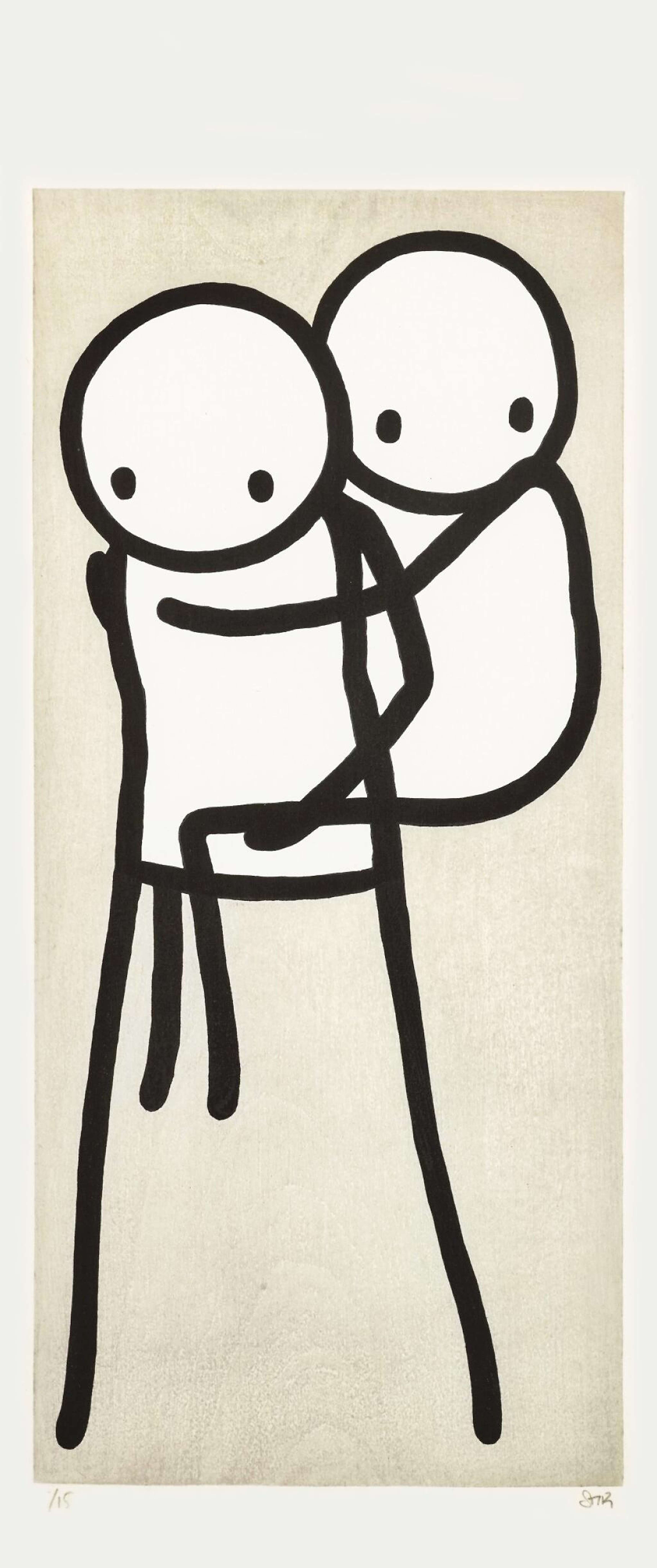
Onbu (grey)

Onbu (grey)
Signed Print
Stik
£14,000-£21,000
$28,000-$40,000 Value Indicator
$26,000-$40,000 Value Indicator
¥130,000-¥200,000 Value Indicator
€16,000-€24,000 Value Indicator
$150,000-$220,000 Value Indicator
¥2,910,000-¥4,360,000 Value Indicator
$19,000-$28,000 Value Indicator
There aren't enough data points on this work for a comprehensive result. Please speak to a specialist by making an enquiry.
47 x 20cm, Edition of 15, Woodcut
Auction Results

Track auction value trend
Meaning & Analysis
Onbu (grey) is a woodcut print by street artists, Stik, and was released in 2013 in a signed, limited edition of 15. Produced using traditional ukiyo-e techniques, this intimate depiction of a piggyback is based on a detail from Utagawa Hiroshige’s series of woodcut prints entitled The Fifty-Three Stations of the Tokaido.
While the inspiration behind this work is particular, it calls attention to a quiet moment of interaction and recognition, as in other works by the artist such as Holding Hands and Big Mother. Similarly to the way in which Stik’s murals and prints focus on an intimate moment within a frenetic urban context, here the artist isolates a fragment of a chaotic historical scene.
Recalling the Japanese origins of the inspiration behind Stik’s iconic style, the Onbu prints were produced using traditional ukiyo-e techniques. The act of making ukiyo-e prints begins with the creation of the design on paper, which is then transferred to a cherry wood block for printing. Afterwards, the pattern is carved into the block, which may then be used to create initial monochromatic prints before adding layers of extra colour as needed via the cutting of further blocks.